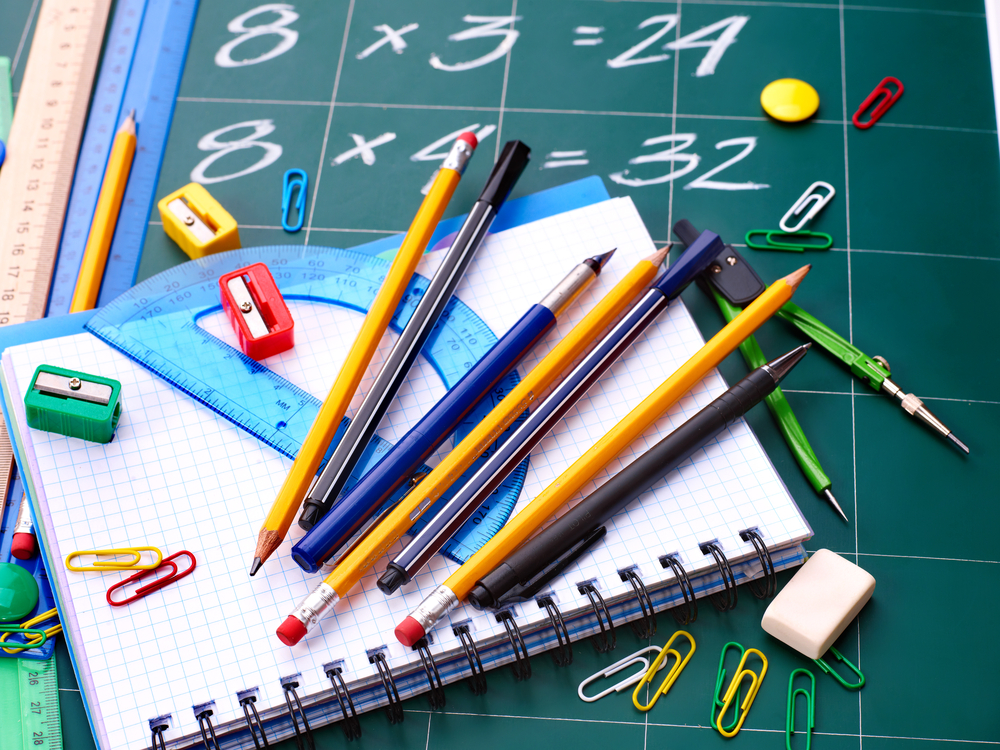Visual representation of fractions Math Worksheets for Ages 4-7
5 filtered results
-
From - To
Explore our engaging Math Worksheets designed for ages 4-7 focused on the visual representation of fractions. These printable resources transform complex fraction concepts into understandable visuals perfect for young learners. Each worksheet combines vibrant images with fraction exercises to build foundational math skills, boost comprehension, and foster a love for learning. With exercises tailored to young minds, your child can effortlessly grasp halves, thirds, quarters, and more while having fun. Ideal for early grade classrooms or at-home practice, these worksheets make fraction learning intuitive and enjoyable. Download now to enrich your child's math experience!


Halves and Fourths for the House Worksheet
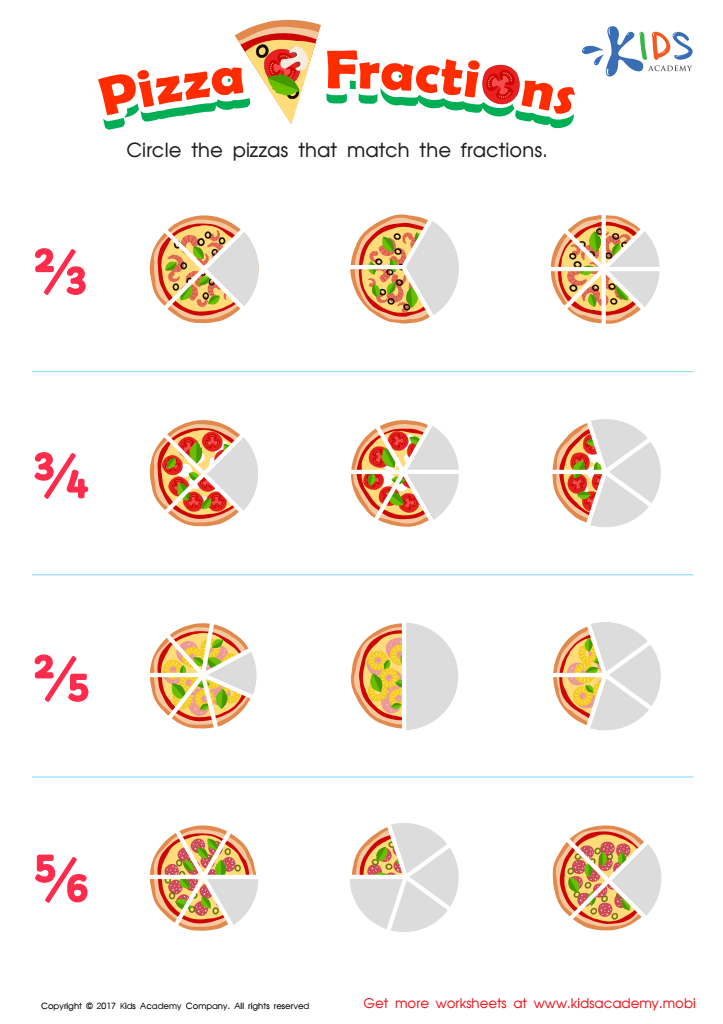

Fractions: Pizza Printable
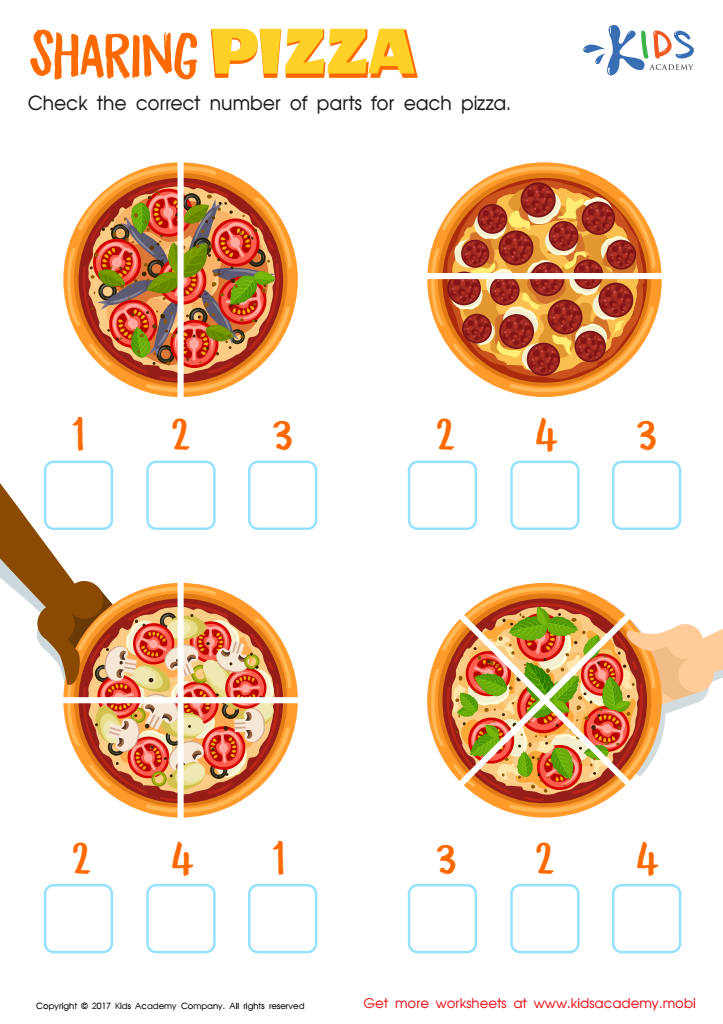

Sharing Pizza Worksheet


Matching and Sorting for Preschool: Assessment 2 Worksheet
Parents and teachers should care about visual representation of fractions for children aged 4-7 because it lays a strong foundation for future mathematical understanding. At this developmental stage, children are concrete thinkers and grasp concepts more effectively through visual and hands-on experiences. Visual representations like fraction circles, bars, and pie charts transform abstract numerical ideas into tangible, comprehensible elements.
By visualizing fractions, young learners can see how whole objects are divided into parts and relate these parts to the whole. This helps them understand key concepts such as equality and division in a more intuitive and less intimidating way. For example, dividing a pizza into slices and then discussing how many slices make up the whole pizza provides a concrete example of what fractions represent.
Additionally, early exposure to fractions sets up children for success in more advanced areas of mathematics and daily problem-solving. Without a visual foundation, fractions can remain confusing and abstract, potentially leading to struggles later in their education. Engaging and interactive visual tools make learning fractions a positive experience, boosting their confidence and interest in math. Simply put, visual fractions are essential for building essential math skills in a way that aligns with the natural learning needs of young children.
 Assign to My Students
Assign to My Students

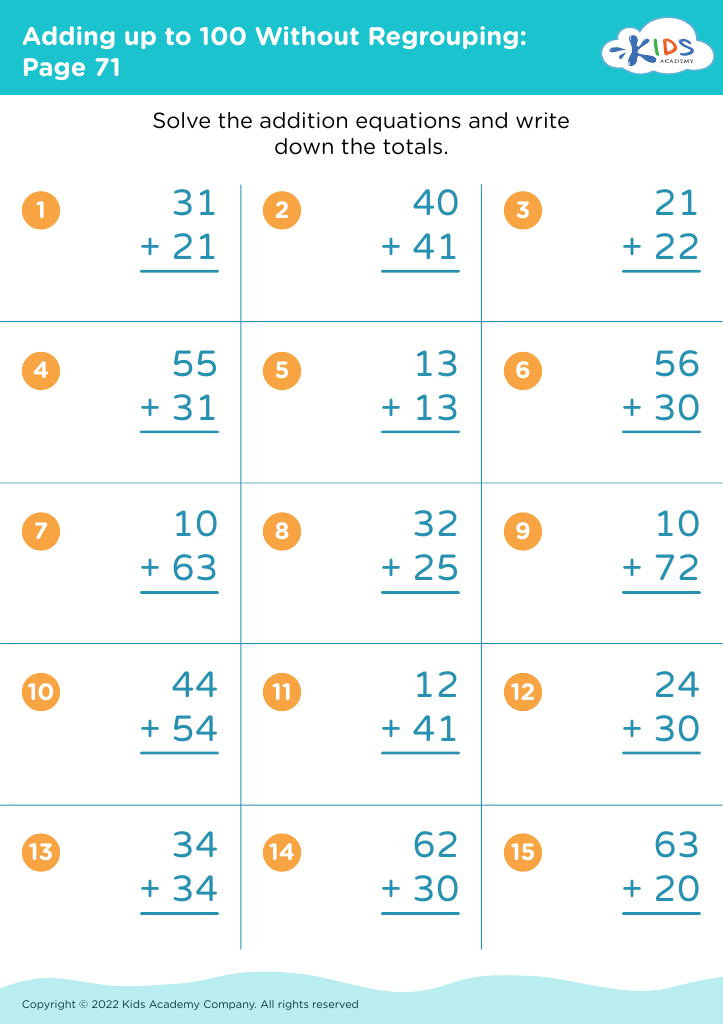




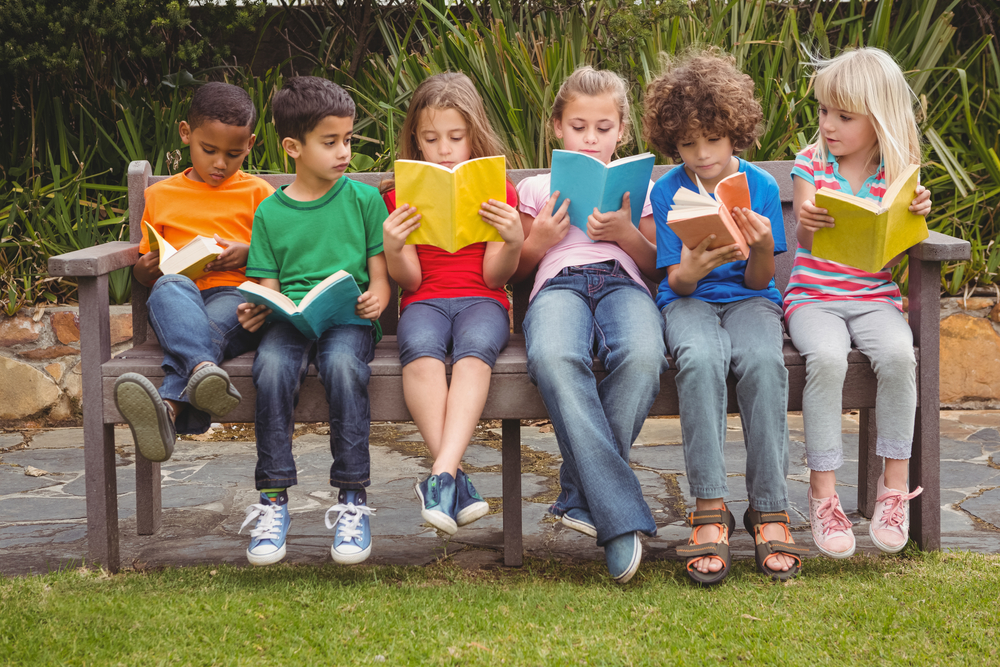
.jpg)
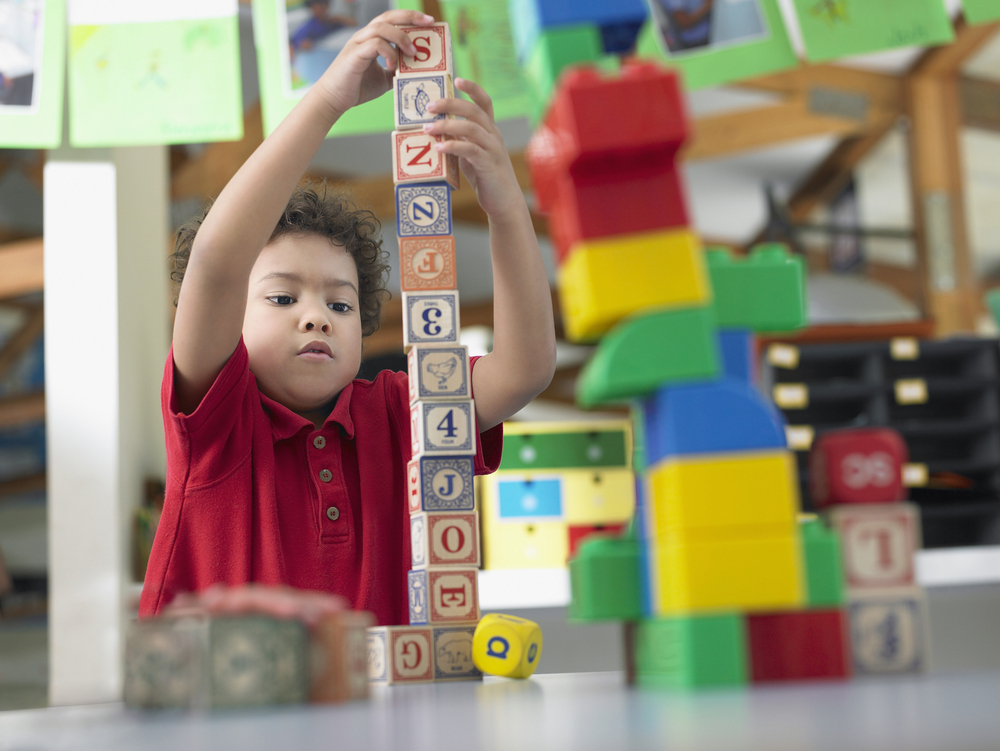
.jpg)

